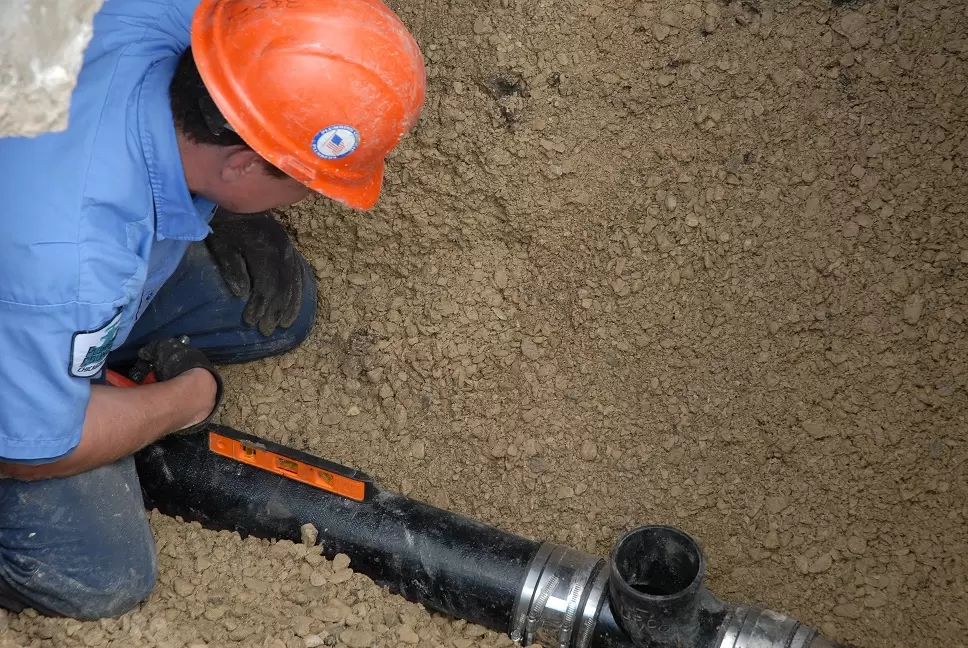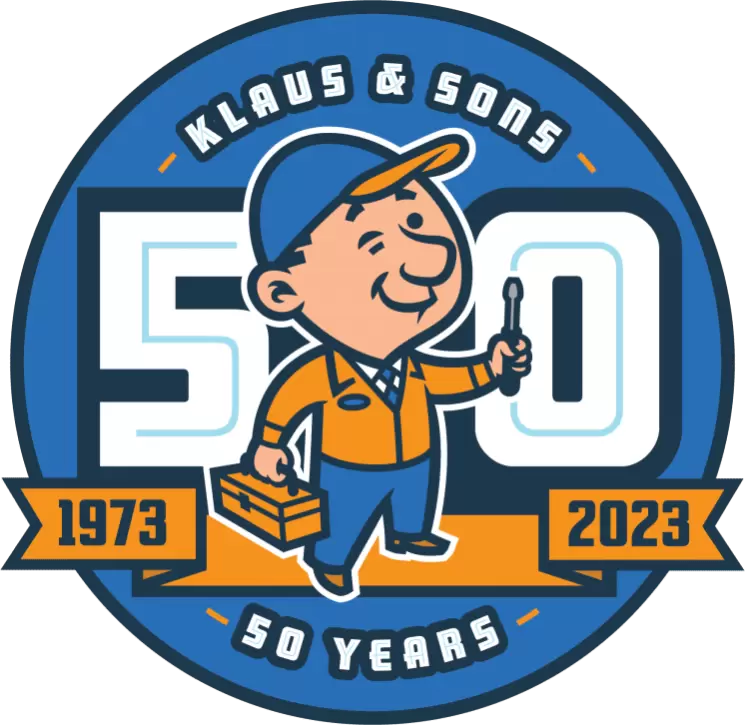
Your home plumbing system is comprised of an interconnected series of pipes snaking through your home’s floors and walls, which end up draining water from your washing machine, dishwasher, sinks, toilets and showers. Any of these end-of-the-line appliances can reveal symptoms of problems that exist elsewhere. You should consider a sewer clog a serious problem. In fact, it’s an emergency situation, because if there’s a clog in the sewer drain, eventually that water will move back up into the home, because the water will no longer be able to travel through the clogged pipe.
Here are the signs to look for if you suspect sewer line problems:
Check the toilets in the home. Because toilets generally dispose of their waste in the most direct way to the sewer line, and toilets have the largest-size drain in the entire home, you may notice evidence of a sewer blockage revealing itself in the toilets first. If you do have a sewer line problem, it’s sure to show up here.
Check the showers and tubs around the house. Because showers and tubs are generally located on a lower plane than the sink drains, they show signs of blockages before you see evidence in the sink. Signs of a clog include slow drainage and water that builds up in the tub or shower before it’s whisked down the drain.
There are three general areas to watch when you suspect sewer line problems, including:
Toilet – If you flush the toilet and you see water coming back up in the shower or tub you have a sewer clog. There is a stoppage in the line and the toilet water is attempting to drain down the sewer. The blockage forces it to go elsewhere and it usually shows up in the shower/tub, which generally is below the lowest level.
Sinks – Check the sink that sits nearest to the toilet. You’ll be looking for trapped air. Turn on the water and let it run for a minute or two. Keep your eye on the toilet and watch for the water level rising in the toilet or the presence of bubbles. You can eliminate a toilet problem as the cause and safely assume sewer line problems.
Washing Machine – If water backs up into a shower or tub when operating the washing machine then sewer problems exist. Running the washing machine may also cause toilets to overflow, because discharge water from the washing machine gets backed up into the toilet lines. If you can run your washing machine and flush the toilets at the same time without the toilets backing up then the problem rests with the washing machine or shower, not the main sewer.
If your home has a main line clean-out, you can check for a blockage by unscrewing the clean-out cap and looking for water or waste that has accumulated there. If there is a sewer clog or stoppage, you will easily identify the flow of water out of the clean-out pipe, or you’ll see standing water present in the pipe.

